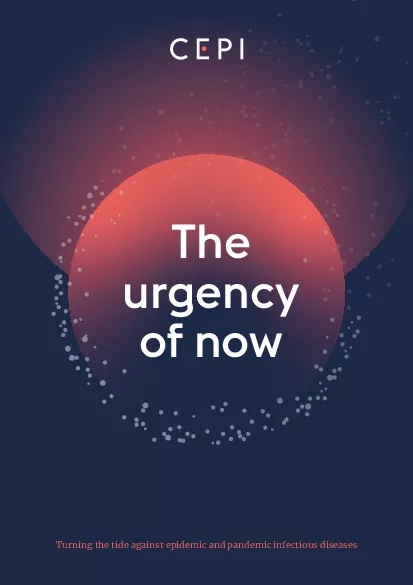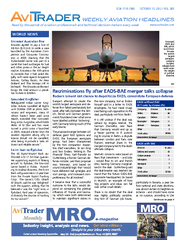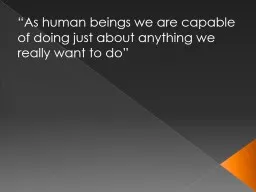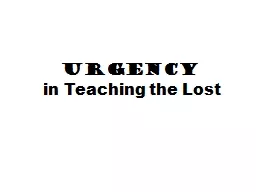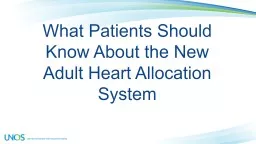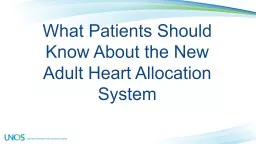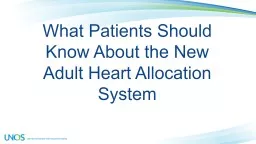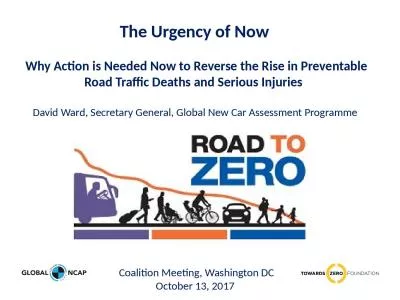PDF-urgency of now
Author : ruby | Published Date : 2021-08-10
1Turning the tide against epidemic and pandemic infectious diseases23We have the tools We know what we need to do For the x00660069rst time in history we can credibly
Presentation Embed Code
Download Presentation
Download Presentation The PPT/PDF document "urgency of now" is the property of its rightful owner. Permission is granted to download and print the materials on this website for personal, non-commercial use only, and to display it on your personal computer provided you do not modify the materials and that you retain all copyright notices contained in the materials. By downloading content from our website, you accept the terms of this agreement.
urgency of now: Transcript
Download Rules Of Document
"urgency of now"The content belongs to its owner. You may download and print it for personal use, without modification, and keep all copyright notices. By downloading, you agree to these terms.
Related Documents

